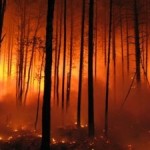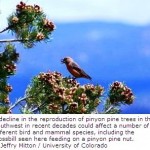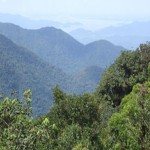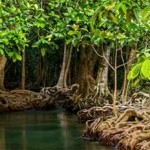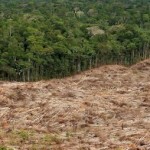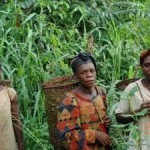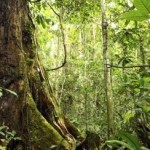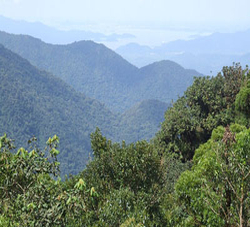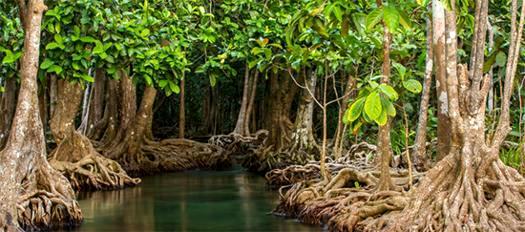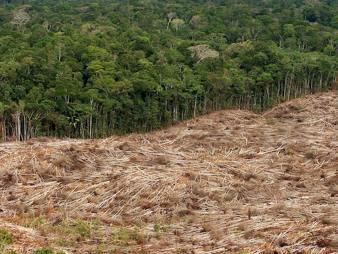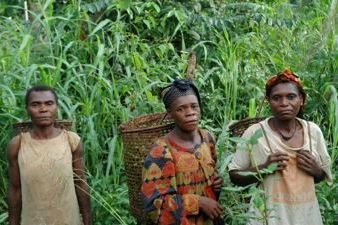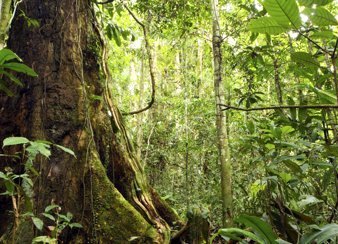 Millbrook, New York – In the northern hardwood forest, climate change is poised to reduce the viability of the maple syrup industry, spread wildlife diseases and tree pests, and change timber resources. And, according to a new BioScience paper just released by twenty-one scientists, without long-term studies at the local scale, we will be ill-prepared to predict and manage these effects.
Millbrook, New York – In the northern hardwood forest, climate change is poised to reduce the viability of the maple syrup industry, spread wildlife diseases and tree pests, and change timber resources. And, according to a new BioScience paper just released by twenty-one scientists, without long-term studies at the local scale, we will be ill-prepared to predict and manage these effects.
Following an exhaustive review of more than fifty years of long term data on environmental conditions at the Hubbard Brook Experimental Forest, located in the White Mountains of New Hampshire, the paper’s authors arrived at a sobering conclusion: current climate change models don’t account for real life surprises that take place in forests.
Lead author Dr. Peter Groffman, a microbial ecologist at the Cary Institute of Ecosystem Studies, comments, “Climate change plays out on a stage that is influenced by land-use patterns and ecosystem dynamics. We found that global climate models omit factors critical to understanding forest response, such as hydrology, soil conditions, and plant-animal interactions.”
One thing is clear: at Hubbard Brook Forest spring is advancing and fall is retreating. Over the past half century, the climate has warmed and there has been a rise in rainfall and a decrease in snowfall. Winters are getting shorter and milder, with snowpack melting some two weeks earlier. But soil thaw is no longer tightly coupled with spring plant growth, creating a transitional period that results in the loss of important soil nutrients.
In the absence of insulating snow pack, exposed soils are more susceptible to freezing, which damages tree roots. Sugar maples are suffering a one-two punch: soil frost is linked to tree mortality and warmer winters reduce sap yield. Mild winters are also encouraging the spread of pests and pathogens, including the destructive hemlock woolly adelgid – which was once held in check by cold winter temperatures.
As snow depth decreases, deer are better able to forage in the forest. Their browsing damages young trees and spreads a parasite that is lethal to moose. Reduced snow pack is also a challenge for logging operations, which use snow-packed roads to move trees, and ski resorts, which already rely heavily on manmade snow.
Groffman concludes, “Managing the forests of the future will require moving beyond climate models based on temperature and precipitation, and embracing coordinated long-term studies that account for real-world complexities.” Adding, “These studies can be scaled up, to give a more accurate big picture of climate change challenges – while also providing more realistic approaches for tackling problems at the regional scale.”
The Hubbard Brook Experimental Forest is operated by the Northern Research Station of the U.S. Department of Agriculture Forest Service, in Newtown Square, Pennsylvania. It is part of the National Science Foundation’s (NSF) Long-term Ecological Research (LTER) Program – the largest and longest-lived ecological network in the America. Twenty-six LTER sites encompass ecosystems in the continental U.S., Alaska, Antarctica, and islands in the Caribbean and the Pacific. The LTER program was founded with the recognition that long-term, broad-scale research is necessary for understanding environmental phenomena, such as climate change.
Details of the Study:
The Cary Institute of Ecosystem Studies is a private, not-for-profit environmental research and education organization in Millbrook, New York. For more than 25 years, Cary Institute scientists have been investigating the complex interactions that govern the natural world. Their objective findings lead to more effective policy decisions and increased environmental literacy. Focal areas include air and water pollution, climate change, invasive species, and the ecological dimensions of infectious disease.
Source: Cary Institute of Ecosystem Studies.

